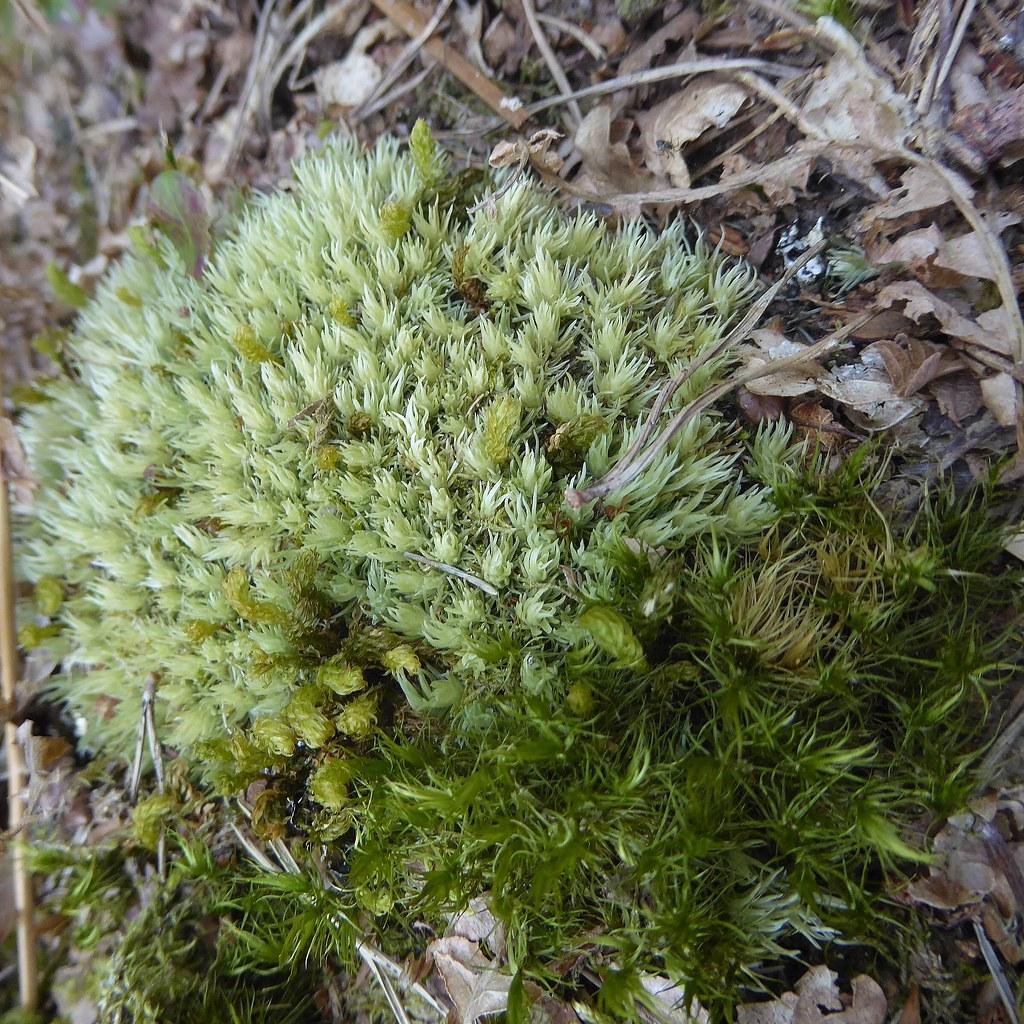
47661183912_3b4ef056a2_b.jpg from: https://www.flickr.com/photos/silybum/47661183912
Introduction
In the vast and captivating world of bryophytes, one moss species stands out for its striking beauty and fascinating adaptations: Leucobryum glaucum (Hedw.) Ångstr., commonly known as Leucobryum. This remarkable member of the Leucobryaceae family has captured the hearts of moss enthusiasts worldwide, offering a unique glimpse into the intricate tapestry of nature’s wonders.
Background
Before delving into the intricacies of Leucobryum glaucum, it’s essential to understand the broader context of bryophytes. These non-vascular plants, which include mosses, liverworts, and hornworts, are often overlooked but play a crucial role in various ecosystems. They are among the oldest land plants, dating back to the Paleozoic era, and have evolved remarkable strategies for survival and reproduction.
Main Content
Morphology and Identification
Leucobryum glaucum is a striking moss species that immediately catches the eye with its distinctive glaucous (bluish-gray) hue. This coloration is due to the presence of specialized cells called hyalocysts, which reflect light and protect the plant from excessive moisture loss. The moss forms dense cushions or mats, with each individual plant consisting of a stem and tiny, overlapping leaves.
One of the most remarkable features of Leucobryum glaucum is its ability to reproduce both sexually and asexually. During sexual reproduction, the moss produces distinctive sporophytes with a long, slender seta (stalk) and a capsule at the top, which releases spores for dispersal. Asexually, the moss can propagate through fragmentation or the production of specialized brood bodies called gemmae.
Global Distribution and Habitat
Leucobryum glaucum is widely distributed across various regions of the world, including North America, Europe, Asia, and parts of Africa. It thrives in a variety of habitats, from moist and shaded forests to rocky outcrops and even disturbed areas like roadside banks and abandoned quarries.
This moss species is particularly well-adapted to acidic environments, often found growing on decaying logs, stumps, and the base of trees. Its ability to tolerate low nutrient levels and acidic conditions allows it to colonize areas where other plants may struggle to survive.
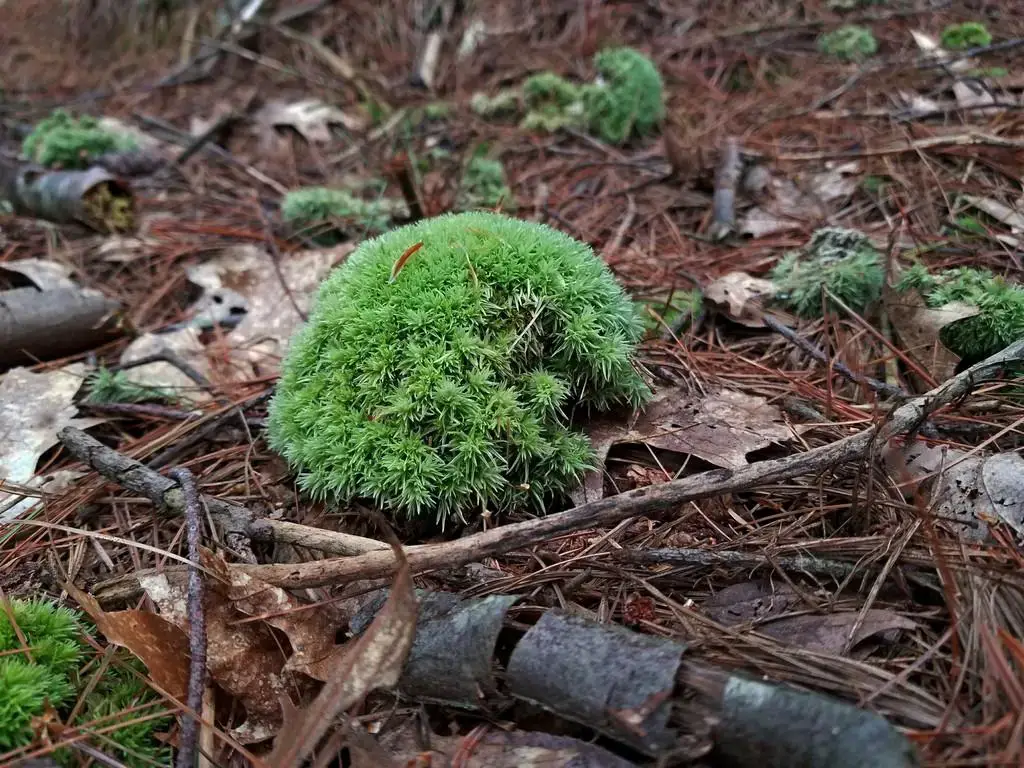
20180825_172341.jpg from: https://ukrbin.com/show_image.php?imageid=86894
Ecological Roles and Adaptations
Leucobryum glaucum plays a vital role in its ecosystem, contributing to soil formation, moisture retention, and providing a microhabitat for various invertebrates and microorganisms. Its dense mats help to stabilize the soil, prevent erosion, and create a unique microclimate that supports a diverse array of life forms.
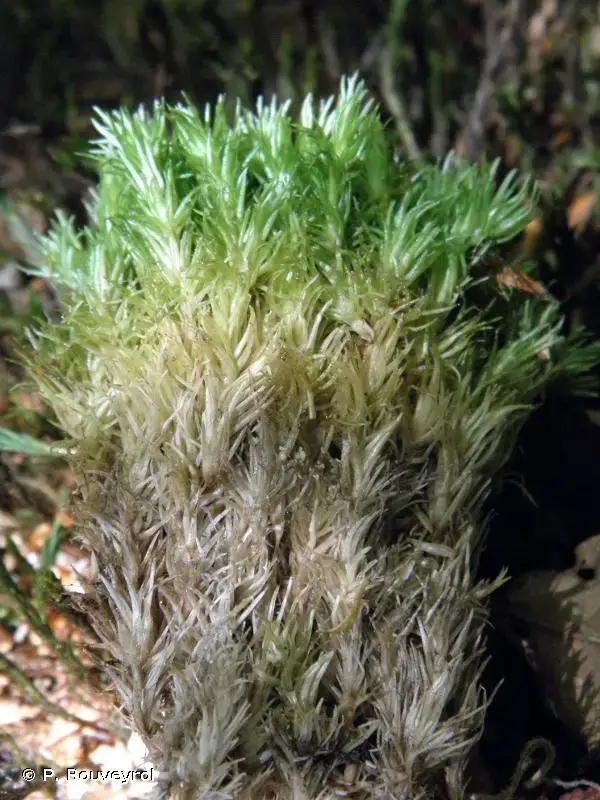
117898.jpg from: https://inpn.mnhn.fr/espece/cd_nom/4770
One of the most fascinating adaptations of Leucobryum glaucum is its ability to regulate its water content. The specialized hyalocysts not only protect the plant from desiccation but also act as a water storage system, allowing the moss to survive periods of drought. Additionally, the moss can rapidly absorb water through its leaves and stems, enabling it to quickly rehydrate after a dry spell.
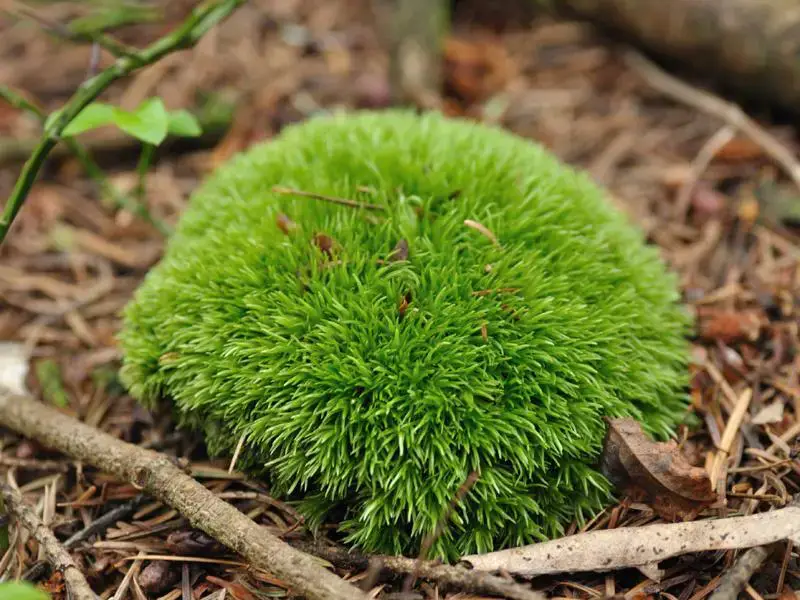
1479942.jpg from: https://waarneming.nl/waarneming/view/49532333?_popup=1
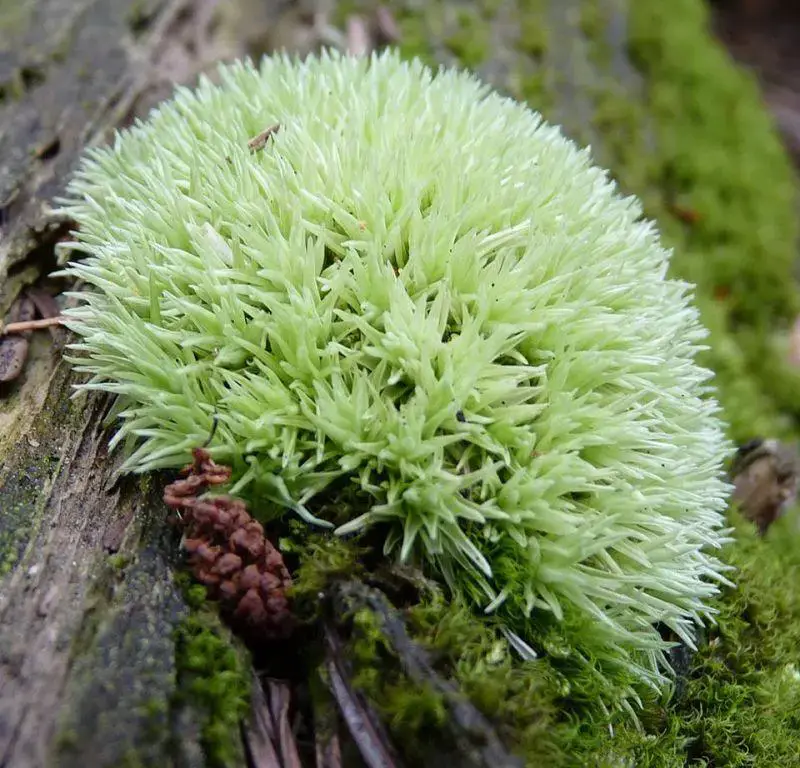
48260300_398870507576774_1979189082537852928_n.jpg from: https://ukrbin.com/show_image.php?imageid=99944
Case Studies/Examples
In the Pacific Northwest region of North America, Leucobryum glaucum
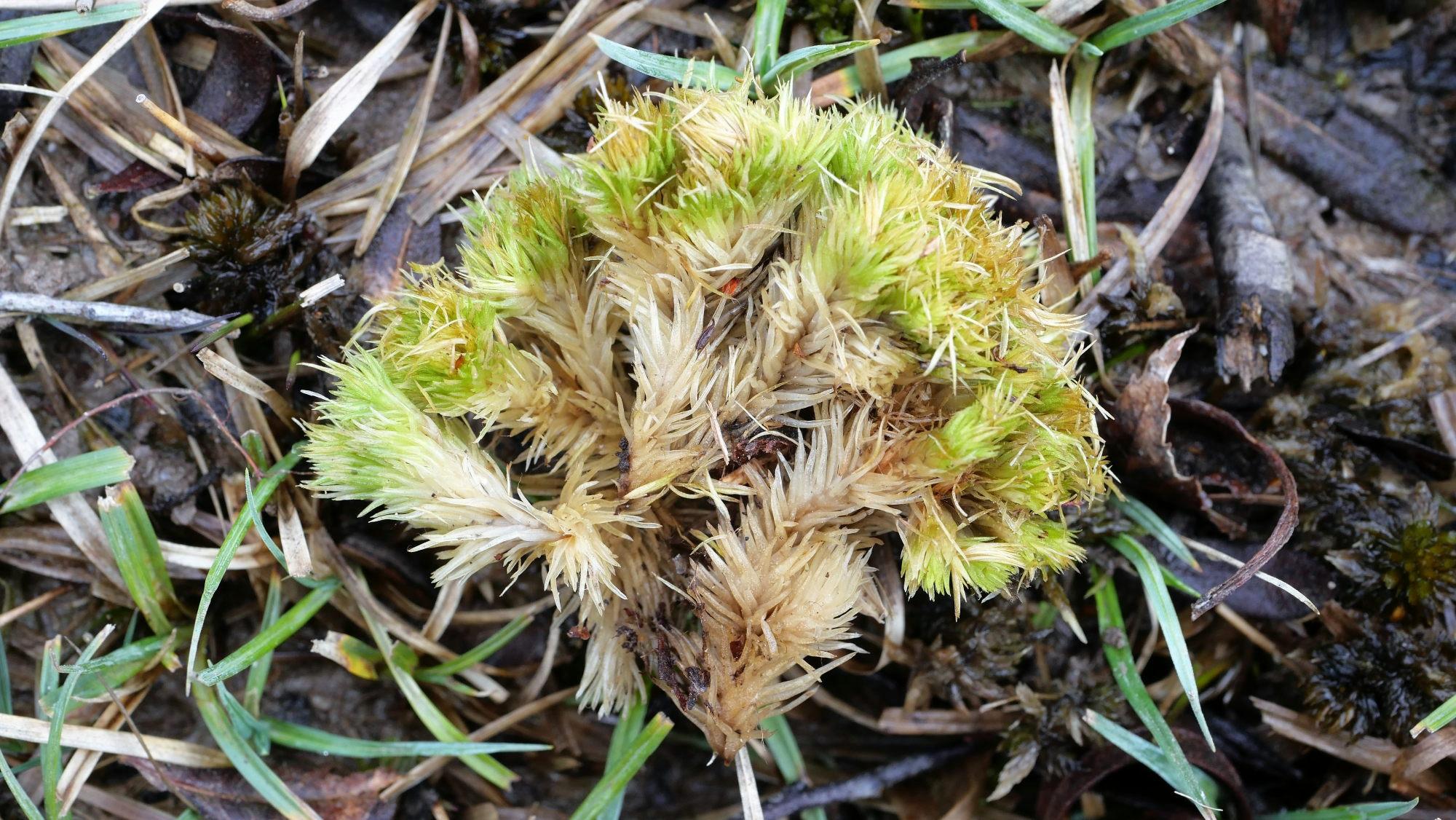
Leucobryum-glaucum-2.jpg from: https://www.britishbryologicalsociety.org.uk/learning/species-finder/leucobryum-glaucum/
is a common sight in old-growth forests, where it forms lush carpets on decaying logs and stumps. These moss mats provide a unique microhabitat for various invertebrates, including mites, springtails, and even tiny snails, contributing to the overall biodiversity of the ecosystem.
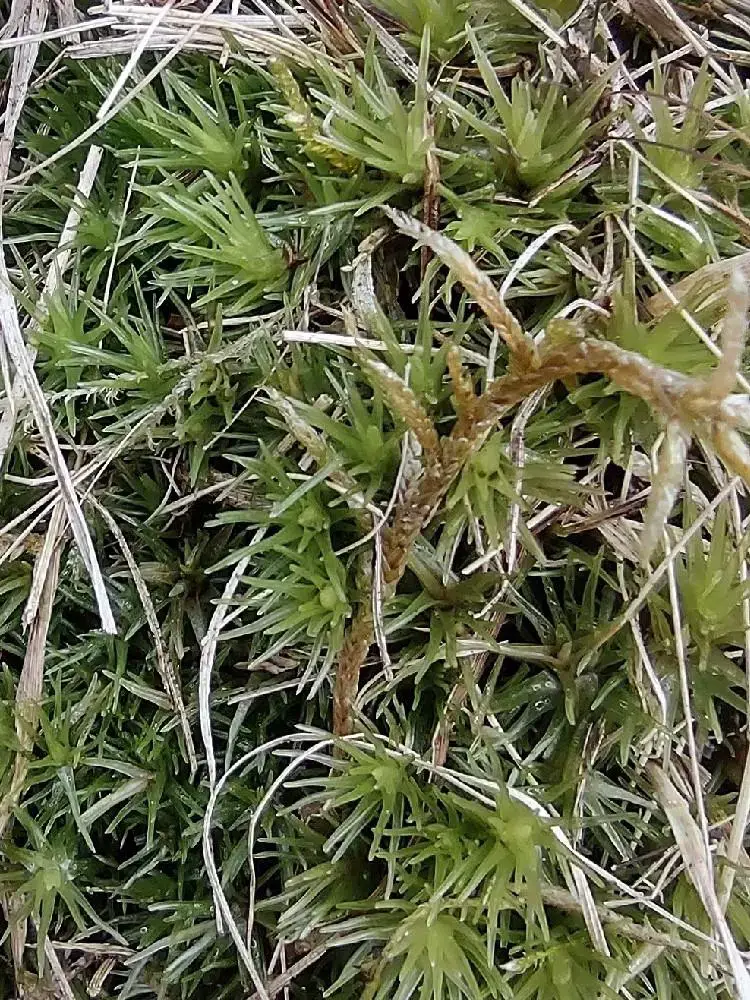
33904008.jpg from: https://waarneming.nl/waarneming/view/209067941?_popup=1
Technical Table
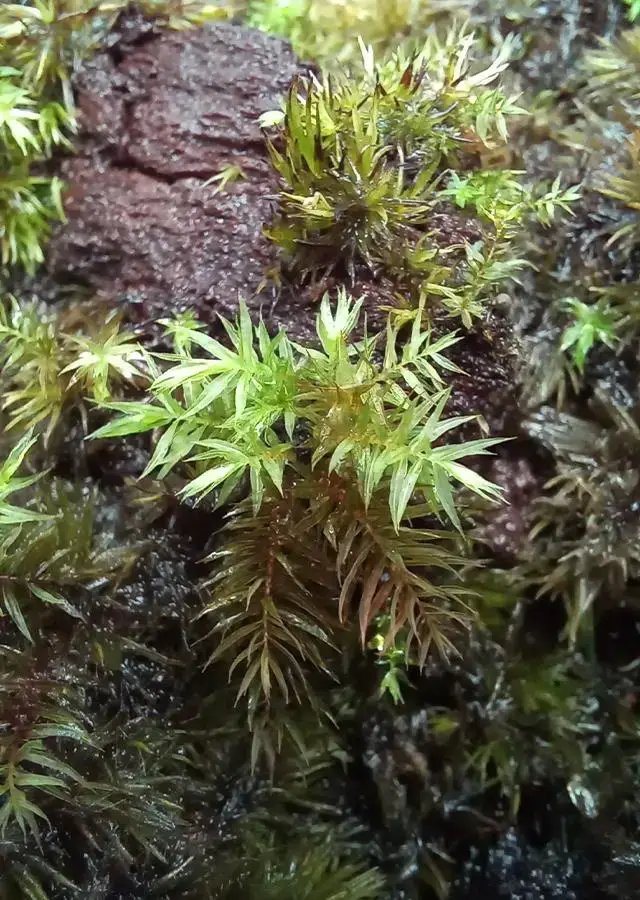
922-3-leucobryum-glaucum.jpg from: https://www.socfindoconservation.co.id/plant/922
| Characteristic | Description |
|---|---|
| Scientific Name | Leucobryum glaucum (Hedw.) Ångstr. |
| Family | Leucobryaceae |
| Common Name | Leucobryum, White Moss |
| Growth Form | Dense cushions or mats |
| Leaf Color | Glaucous (bluish-gray) |
| Reproduction | Sexual (sporophytes) and asexual (gemmae) |
| Habitat | Moist and shaded forests, rocky outcrops, disturbed areas |
| Distribution | North America, Europe, Asia, parts of Africa |
| Ecological Role | Soil formation, moisture retention, microhabitat |
| Adaptations | Water regulation, desiccation tolerance, acidic environment tolerance |
Conclusion
Leucobryum glaucum (Hedw.) Ångstr., the remarkable Leucobryum moss, is a true marvel of nature, showcasing the incredible diversity and resilience of
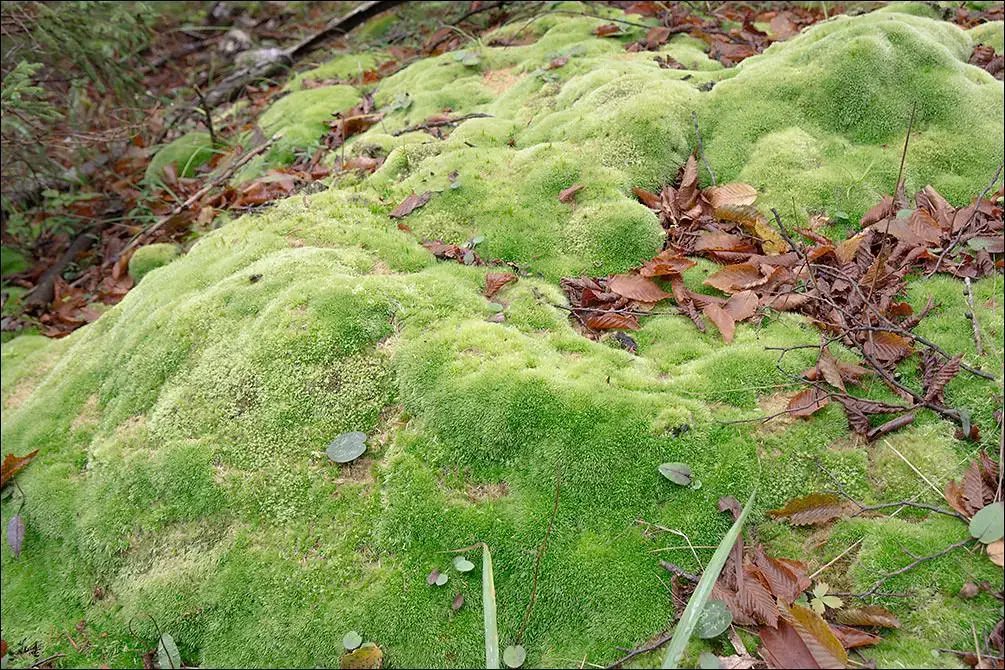
44507942441_320b1159f2_b.jpg from: https://www.flickr.com/photos/atrnkoczy/44507942441/
bryophytes. From its striking appearance to its remarkable adaptations, this species has captured the hearts of moss enthusiasts and naturalists alike. As we continue to explore and appreciate the intricate tapestry of life on our planet, Leucobryum glaucum serves as a reminder of the beauty and complexity that can be found in even the smallest and most unassuming of organisms.
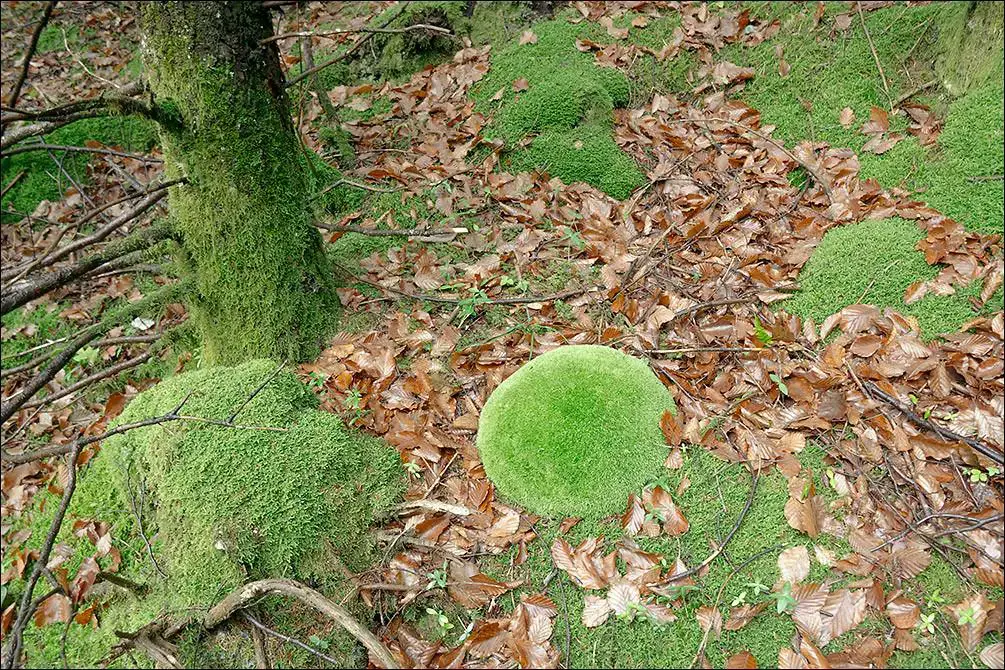
44507943771_5f8727c1c8_b.jpg from: https://www.flickr.com/photos/atrnkoczy/44507943771/
Ponder this: In a world where we often overlook the seemingly insignificant, what other wonders might we be missing, waiting to be discovered and appreciated?